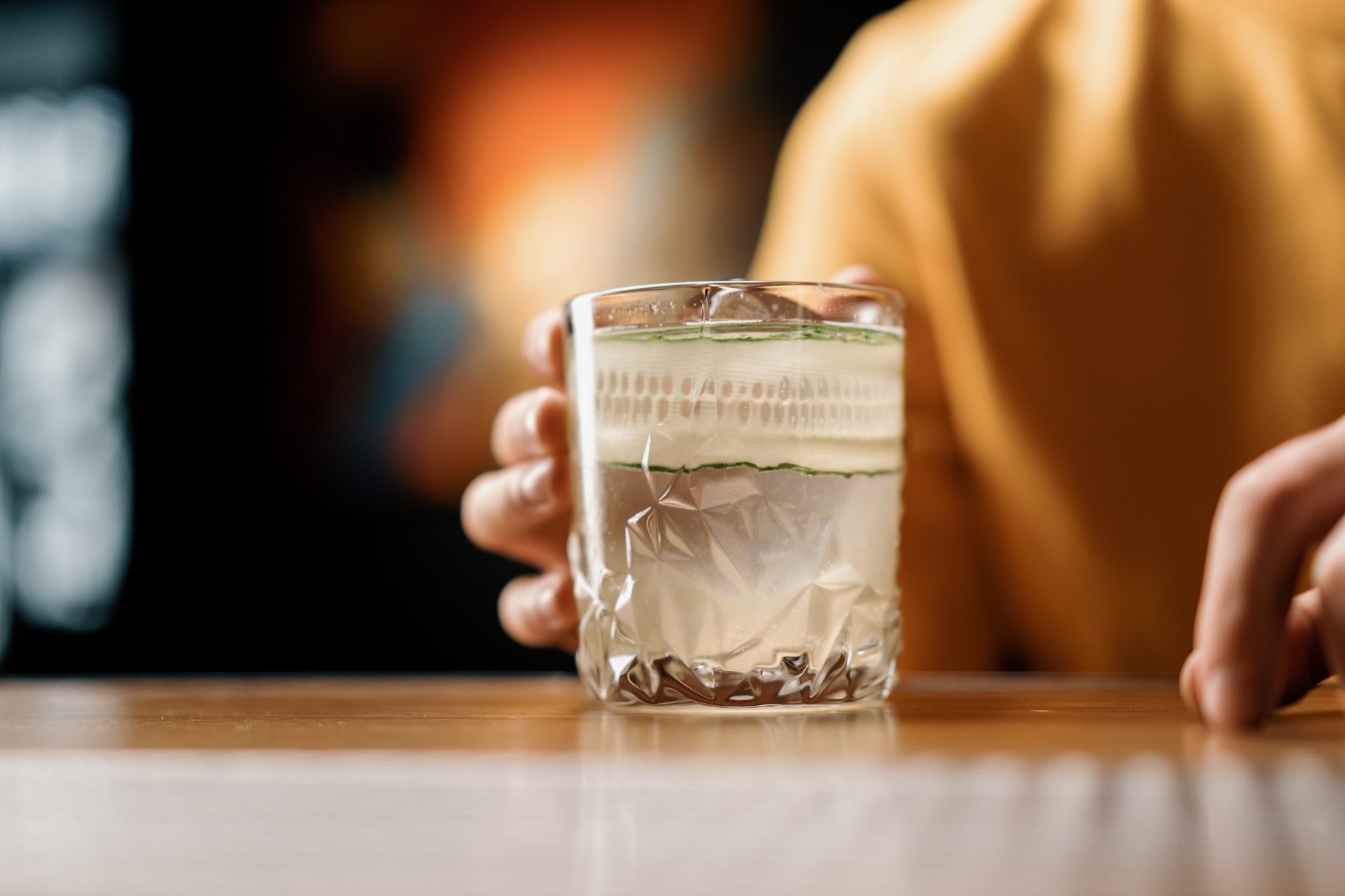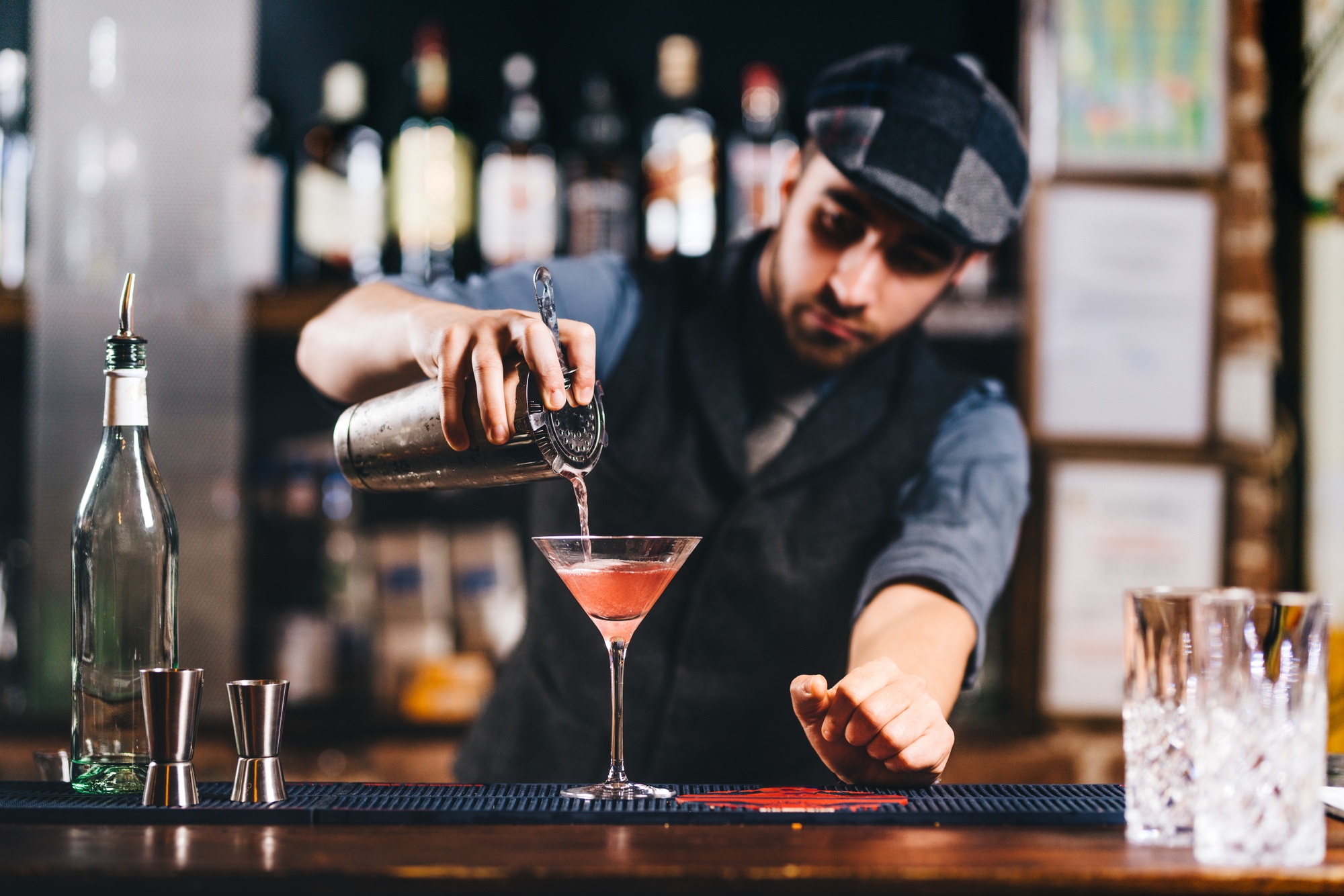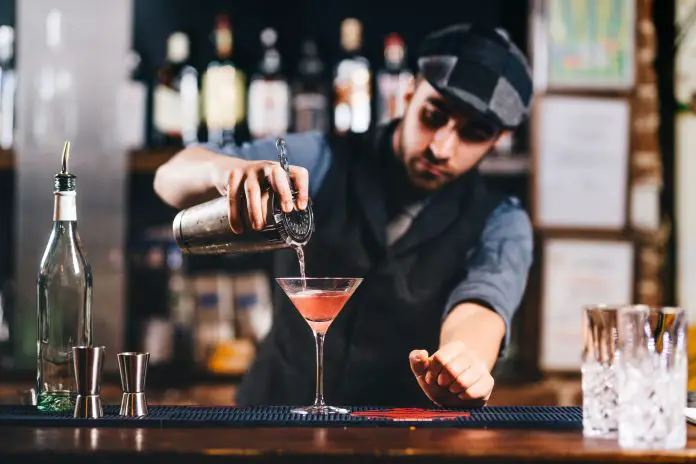Key Takeaways

- Enhance Your Experience: Understanding bar terminology allows for a smoother and more enjoyable visit to a bar, empowering you to navigate menus and engage with bartenders confidently.
- Clear Communication: Familiarity with key terms helps improve interactions with bartenders, leading to more efficient service and informed drink choices.
- Avoid Misunderstandings: Knowing the difference between terms like “neat” and “on the rocks” prevents common misconceptions that can lead to ordering mistakes.
- Importance for Small Businesses: Training staff on bar terminology leads to better customer relations, improved service efficiency, and higher satisfaction in the food and beverage industry.
- Diverse Drink Categories: Familiarity with drink types—such as beer, wine, and cocktails—enhances appreciation and supports informed pairing decisions.
- Mixing Techniques Matter: Understanding mixing techniques like shaking, stirring, and muddling can elevate drink quality and presentation, enhancing the overall experience.
Walking into a bar can feel like stepping into a whole new world, especially if you’re not familiar with the lingo. Understanding bar terminology not only enhances your experience but also helps you navigate menus and communicate with bartenders effectively. Whether you’re ordering your favorite cocktail or trying something new, knowing the right terms can make all the difference.
Understanding Bar Terminology

Understanding bar terminology enhances your experience when visiting a bar. Being familiar with the lingo helps you navigate menus and communicate effectively with bartenders, whether ordering a favorite cocktail or exploring new options.
Importance of Bar Terminology
Knowing bar terminology allows you to confidently interact in any bar setting. You grasp drink names, preparation methods, and ingredient details, leading to informed choices. Clear communication with bartenders improves service quality, making your visit smoother and more enjoyable. Small business owners in the food and beverage industry benefit from training staff on bar terminology, fostering better customer relations and increasing satisfaction.
Common Misconceptions
Bar terminology often leads to misunderstandings. Many assume that terms like “neat” and “on the rocks” have the same meaning, but they describe different drink presentations—neat means served straight, while on the rocks includes ice. Some believe cocktail names are interchangeable, but each name signifies a unique recipe and preparation. Educating patrons on these terms enhances their experience and strengthens your reputation as a knowledgeable host or bartender.
Essential Bar Terminology

Understanding bar terminology enhances your experience when visiting a bar. Familiarity with lingo helps you navigate menus and communicate with bartenders effectively.
Drink Categories
- Beer: Made from fermented grains. Varieties include lager, ale, and stout, which cater to different tastes and preferences.
- Draft: Beer served from a keg, offering fresher taste and often better flavor compared to bottled or canned versions.
- Wine: Made from fermented grapes. Common varieties include red, white, and rosé, each pairing well with different food options.
Equipment Terms
- Blender: Used for mixing drinks or creating smoothies. Essential for many cocktails served in bars.
- Shaker: A tool for mixing drinks by shaking, allowing for better blending of ingredients.
- Strainer: Used to separate solid ingredients from liquid when pouring cocktails, ensuring a smooth drink.
- Jigger: A measuring tool that allows bartenders to pour precise amounts of spirits, crucial for consistent drink quality.
Understanding these terms not only helps you enjoy your bar experience but also benefits those running a small business by improving staff training and service efficiency.
Common Bar Terms Explained

Understanding bar terminology enhances your interactions within the bar environment. Familiarity with specific terms not only elevates your experience but also benefits your small business by allowing better communication with customers and bartenders.
Mixing Techniques
Mixing techniques involve the methods bartenders use to create cocktails. Knowledge of these techniques can improve drink quality and presentation:
- Shaking: Shaking combines ingredients vigorously in a shaker with ice, resulting in a chilled and well-mixed cocktail. This technique incorporates air and dilution, enhancing the drink’s texture.
- Stirring: Stirring gently mixes ingredients in a mixing glass, predominantly for spirit-forward cocktails. This method preserves clarity and texture while chilling the drink.
- Muddling: Muddling involves crushing ingredients like herbs or fruits in the glass to release their flavors. For optimal results, use a sturdy tool and apply consistent pressure.
- Layering: Layering creates visually stunning drinks by pouring ingredients over the back of a spoon, allowing them to float and remain separate. This technique is essential for shooters and cocktails with distinct flavor profiles.
Glassware Types
Glassware influences the presentation and experience of your drinks. Different types serve specific purposes, enhancing the overall serving quality:
- Highball Glass: Typically used for mixed drinks with soda, this tall glass holds more volume, making it suitable for cocktails like a Gin and Tonic or Rum and Coke.
- Lowball Glass: Also known as an Old Fashioned glass, it’s perfect for short drinks served over ice, such as whiskey or cocktails like the Old Fashioned.
- Cocktail Glass: With a wide, shallow bowl, a cocktail glass is ideal for serving classics like Martinis, offering a refined presentation for spirit-driven drinks.
- Shot Glass: Essential for serving spirits in single or double shots, a shot glass typically holds 1.5 ounces, perfect for quick drinks or shooters.
Understanding these terms and techniques can greatly improve your small business operations. It aids in staff training, enhancing customer interactions and satisfaction in the long run.
Bar Terminology in Context

Understanding bar terminology enhances your experience and communication in a bar setting. Familiarity with these terms not only empowers patrons but can also aid small business owners in training staff effectively.
Using Terminology in Conversations
Using precise bar terminology in conversations improves interactions with bartenders. For example, when ordering a drink, specify whether you want it “neat” or “on the rocks” to avoid confusion. Knowing terms like “back” or “chaser” helps you communicate preferences clearly, leading to quicker service and greater satisfaction. Relevant terminology can also make it easier for your staff to understand customers’ requests, creating a better overall experience.
Terminology Across Different Bar Styles
Different bar styles feature unique terminology that reflects their offerings and atmosphere. For instance, a cocktail bar uses terms like “mixologist” and “infusion,” while a dive bar might emphasize “happy hour” and “draft” options. Familiarity with these nuances enables you to tailor your approach to the specific clientele and ambiance of your establishment. By training your staff on these terms, you enhance their ability to serve patrons accurately, contribute to a cohesive atmosphere, and improve service efficiency in your small business.
Conclusion

Understanding bar terminology can significantly elevate your experience in any bar setting. When you know the lingo you can confidently order your favorite drink or explore new options without hesitation. This knowledge not only enhances your interactions with bartenders but also ensures you receive exactly what you want.
For bar owners and staff training is key. By familiarizing your team with essential terms and techniques you can create a more efficient and enjoyable atmosphere for customers. Ultimately everyone benefits from clear communication and a shared understanding of bar terminology. So next time you head to a bar remember that a little knowledge goes a long way in making your experience memorable.
Frequently Asked Questions

Why is understanding bar terminology important?
Understanding bar terminology enhances your experience at a bar by enabling you to navigate menus confidently and communicate effectively with bartenders. Knowing the lingo ensures you order your favorite drinks correctly and helps you try new options with ease.
How does bar terminology improve service quality?
Using precise bar terminology allows you to clearly express your preferences, such as “neat” or “on the rocks.” This clarity leads to quicker service and ensures bartenders can create the exact drink you want, enhancing your overall satisfaction.
What are some essential types of bar terminology to know?
Key bar terminology includes drink categories like wine and beer, mixing techniques such as shaking and muddling, and glassware types like highball and cocktail glasses. Familiarizing yourself with these terms can improve your ordering experience and understanding of drinks.
How can bartenders benefit from knowing bar terminology?
Bartenders who are well-versed in bar terminology can communicate effectively with patrons, recommend drinks that match their preferences, and improve service efficiency. This knowledge fosters better customer relationships and enhances overall satisfaction in the bar environment.
What misconceptions exist about bar terms?
Many patrons confuse terms like “neat” and “on the rocks.” “Neat” means a spirit served straight, without ice, while “on the rocks” means served over ice. Understanding these distinctions can lead to a more enjoyable and smooth ordering experience at a bar.
How do different bar styles use terminology?
Different bar styles feature unique terminology that reflects their offerings. For example, cocktail bars may use terms like “mixologist” or “infusion,” while dive bars highlight “happy hour” and “draft.” Knowing these distinctions enriches your understanding and enhances your interaction with staff.
What role does bar terminology play in staff training?
Training staff on bar terminology is crucial for small businesses in the food and beverage industry. It helps employees accurately serve patrons, facilitates better customer interactions, and can ultimately lead to increased customer satisfaction and loyalty.
How does bar terminology enhance the patron experience?
Knowing bar terminology allows patrons to order confidently and specify their drink preferences. This level of understanding not only improves communication with bartenders but also enriches the overall drinking experience, making visits more enjoyable and memorable.
Image Via Envato: drazenphoto, westend61, stockcentral, NomadSoul1, AnnaStills, guyswhoshoot, javi_indy



